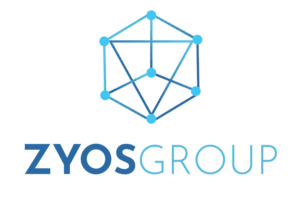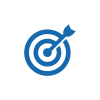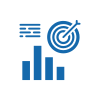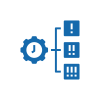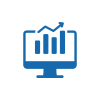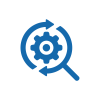
Data Analytics : Descriptive , Predictive, Prescriptive

It's vital to understand the difference between descriptive, predictive and prescriptive analytics. The purpose of descriptive analytics is to basically summarize or turn data into relevant information; in other words, to summarize what has occurred. In past tense, this has some meaningful impact but wont be used to forecast. Over 80% of business analytics are descriptive.
Predictive analytics get much more complex. It involves utilizing a variety of statistical, modeling, data mining, and machine learning techniques to dig into historical data and allows analysts to make predictions. Predictive analytics can only forecast what might happen in the future since they are probabilistic. Nobody should think predictive analytics will 100% tell you what will happen in the future.
The emerging technology of prescriptive analytics goes even further than descriptive and predictive models by recommending one or more courses of action -- and showing the likely outcome of each decision. Since a prescriptive model is able to predict the possible consequences based on different choice of action, it can also recommend the best course of action for any pre-specified outcome.
We here at Zyos Group are bringing these three types of analytics together, all well as full-service data analytics. Our solutions enable innovation with improved data security, controls, and operational visibility through people, processes, data, and technology. We bring those together at Zyos Group with an integrated approach to these services combined with operational and regulatory expertise.
